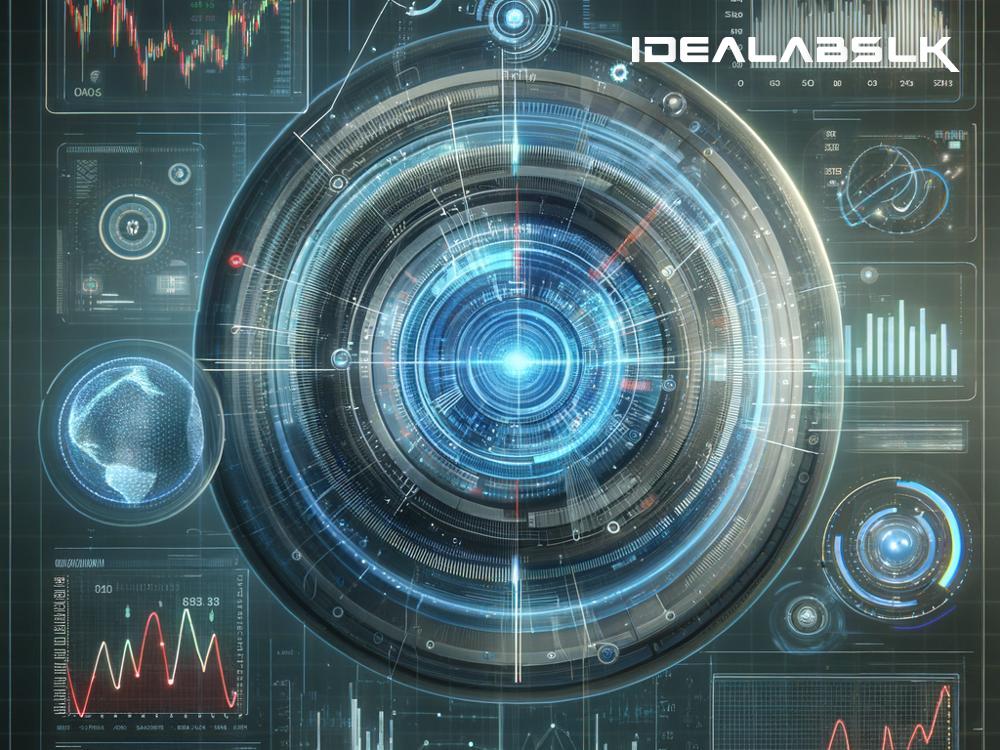Harnessing AI in Trading to Boost Your Financial Gains Smartly
In the bustling world of stock markets and trading, every investor’s dream is to find that perfect strategy that combines solid gains with minimal risks. However, with market trends being as unpredictable as weather forecasts, achieving this balance often seems like chasing a mirage. Enter Artificial Intelligence (AI), a game-changer in the financial landscape that’s reshaping how we approach trading for better risk-adjusted returns.
What is AI, and How Does It Fit into Trading?
At its core, Artificial Intelligence is a branch of computer science that aims to create systems capable of performing tasks that would typically require human intelligence. This includes learning from experience, interpreting complex data, making decisions, and solving problems. When you inject AI into trading, you essentially employ a highly analytical, unbiased, and lightning-fast assistant that can help you make more informed and timely decisions.
AI's Role in Enhancing Risk-Adjusted Returns
Risk-adjusted returns are a measure of how much risk is involved in achieving a certain level of return on an investment. In an ideal world, investors want high returns with as little risk as possible. AI steps into this scenario by providing tools that can analyze vast amounts of market data, recognize patterns, predict market trends, and even make trading decisions.
-
Data Analysis at Lightning Speed: AI systems can process and analyze data at a pace no human can match. They can sift through historical and real-time market data, financial news, and economic reports in milliseconds, revealing insights that would take human analysts days or weeks to uncover.
-
Pattern Recognition and Predictive Analysis: One of AI’s strongest suits is its ability to recognize patterns in data that are invisible to the human eye. By learning from historical market behavior, AI can predict potential market movements and guide traders to make decisions that align with expected trends.
-
Emotion-Free Decision Making: Humans are emotional creatures, and these emotions can sometimes cloud judgment, leading to risky trading decisions. AI, on the other hand, makes decisions based solely on data and pre-set parameters, eliminating the risk of emotional trading.
-
Automated Trading: Also known as algorithmic trading, this involves using AI to automatically execute trades based on certain criteria. This ensures that opportunities are never missed due to human delays and that the trading strategy is consistently applied.
Real-World Application of AI in Trading
Many hedge funds, institutional investors, and tech-savvy retail traders are already leveraging AI to enhance their trading outcomes. From deploying sophisticated algorithms that automatically adjust trading strategies based on market conditions to using AI-driven analytics tools to select stocks, the application of AI in trading is vast and varied. The result is often a more disciplined, data-driven trading approach that can lead to improved risk-adjusted returns.
Challenges and Considerations
While AI presents exciting opportunities for traders, it’s not without its challenges. One of the key considerations is the quality of the data fed into AI systems; garbage in equals garbage out. Additionally, AI systems can be expensive to develop and maintain, possibly putting them out of reach for smaller investors. There’s also the risk of overreliance on technology, underscoring the importance of maintaining human oversight over AI systems.
The Future of AI in Trading
As technology continues to evolve, the role of AI in trading is set to become even more prominent. We’re likely to see more sophisticated AI models that can better mimic human reasoning, more accessible AI tools for retail traders, and perhaps even a future where AI plays a crucial role in regulatory compliance and fraud detection.
Wrapping Up
Artificial Intelligence is revolutionizing the trading landscape, offering tools that can help investors navigate the complex world of financial markets more effectively. By providing insights that humans alone might miss and executing strategies with precision and speed, AI is enabling smarter, data-driven trading decisions. However, it’s essential to acknowledge the challenges and proceed with a balanced view, combining the best of human intuition and AI’s analytical prowess. As we move forward, embracing AI in trading could well be the key to unlocking more consistent, risk-adjusted returns in the ever-volatile world of financial markets.

